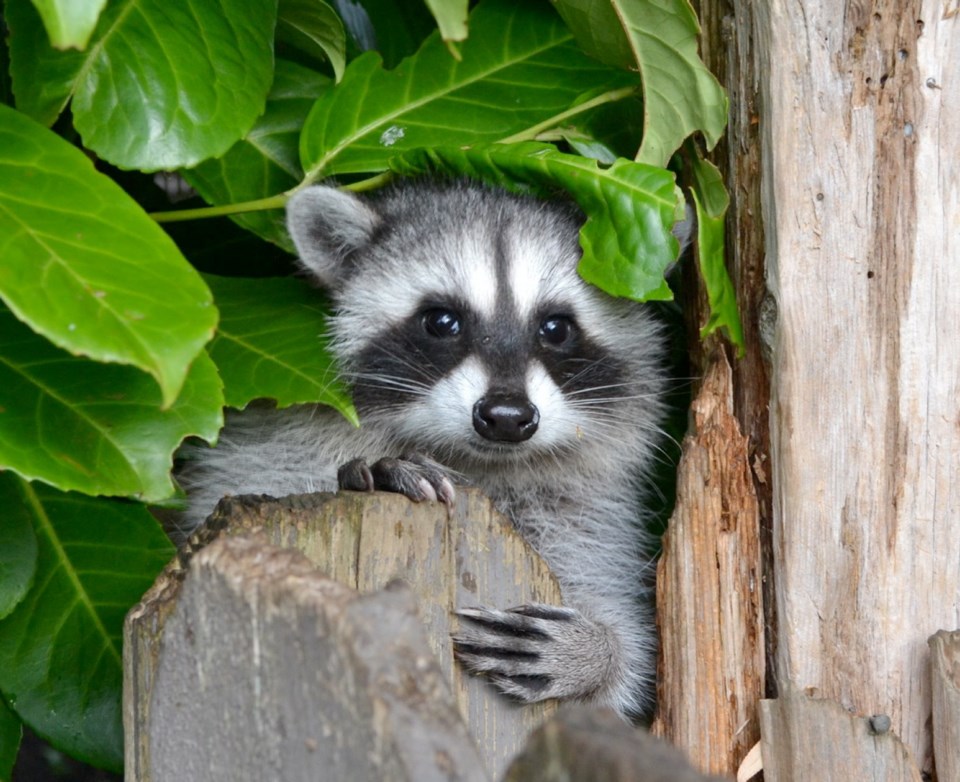Tricking raccoons into thinking a large predator may be nearby can have effects that cascade downward through the food chain, a University of Victoria study has shown.
Biologists spent two years playing the sounds of dogs over loudspeakers at beach areas on Gulf Islands where raccoons forage for food.
The results indicate the dog sounds created a “landscape of fear” that stopped, disturbed or minimized the foraging behavior of the raccoons. Videos showed the raccoons would run off or act more warily or spend less time looking for food in response to the dog noises.
At other times, the scientists conducted population surveys on the beach of the raccoons’ prey. They found the dog noises corresponded to an increase in the number of red rock crabs, a favourite food of the raccoon.
But the surveys also turned up fewer numbers of periwinkle snails, too small for raccoons but prey for the crabs, and fewer numbers of staghorn sculpins, small fish that compete with crabs for food.
“Here, we report significant cascading effects of the fear of large carnivores,” the UVic scientists write in their resulting paper.
The study was conducted on Coal, Portland, Wallace and Penelakut islands, all of which have dogs either as residents or visitors brought by tourists.
UVic PhD student and lead author Justin Suraci said in a phone interview the experiments demonstrate how large carnivores can have a widespread effect along the food chain.
“It demonstrates the complexities and subtleties of their role in maintaining food webs,” Suraci said.
The use of dog or predator noises might be useful in a small, limited setting, he said. For example, broadcasting predator sounds might offer some protection from raccoons to a population of nesting birds.
But Suraci said neither he nor his co-authors could see much widespread usefulness for broadcasting predator noises to control any prey animal populations such as raccoons or deer whose numbers were previously controlled by large carnivores.
For one thing, it won’t take long before deer and raccoons realize the sounds are nothing to fear.
“Any prey species will soon learn ‘that predator I’m hearing is not actually associated with a predator,’ ” Suraci said.
“ ‘That bark has no bite, so I’ll just ignore it.’ ”
In a separate experiment, the researchers played the sounds of bears and cougars. Hearing them, Gulf Island raccoons paid no attention, presumably because they had never encountered those large predators on their islands.
“You actually need those large carnivores on the land landscape.” Suraci said. “The actual fear they instil in their prey is a critical component of the role they play.”
But, he said, the study results are a good argument for people to maintain populations of large predators. The predators do a much better job of controlling prey animals, like deer and raccoons, than human hunting or trapping.
“Unfortunately, humans have done a remarkably good job wiping out large carnivores,” Suraci said. “But our study is strong support for the conservation of large carnivores.”



